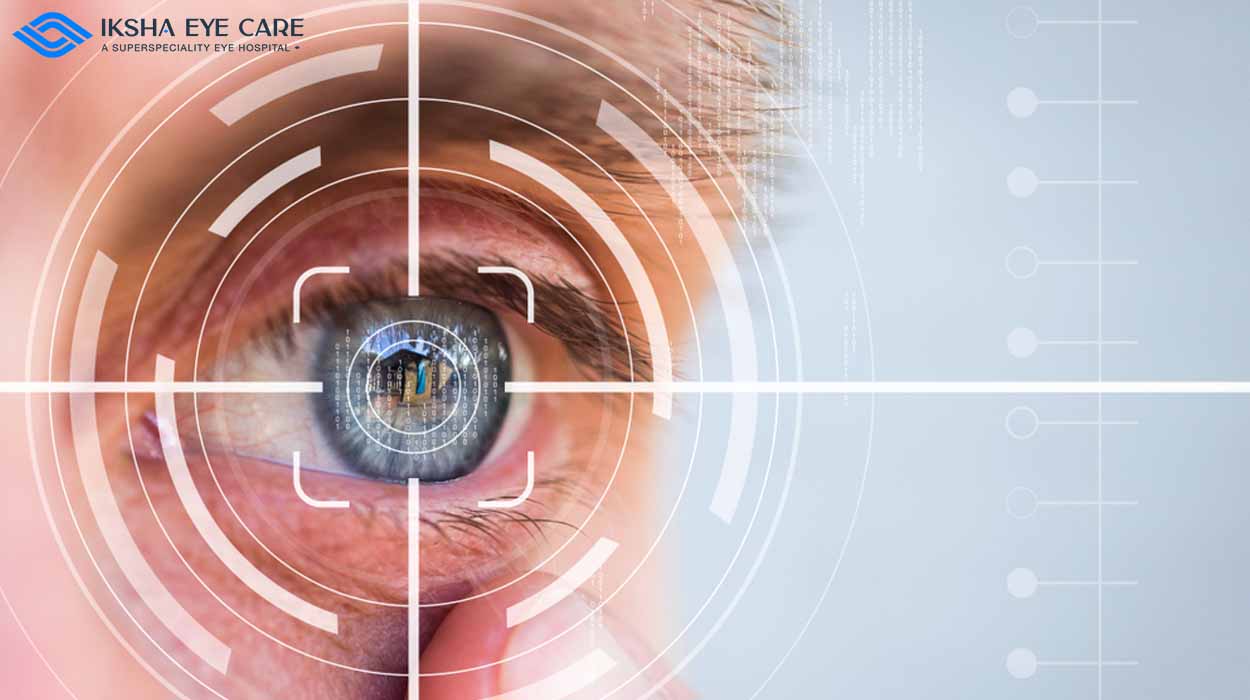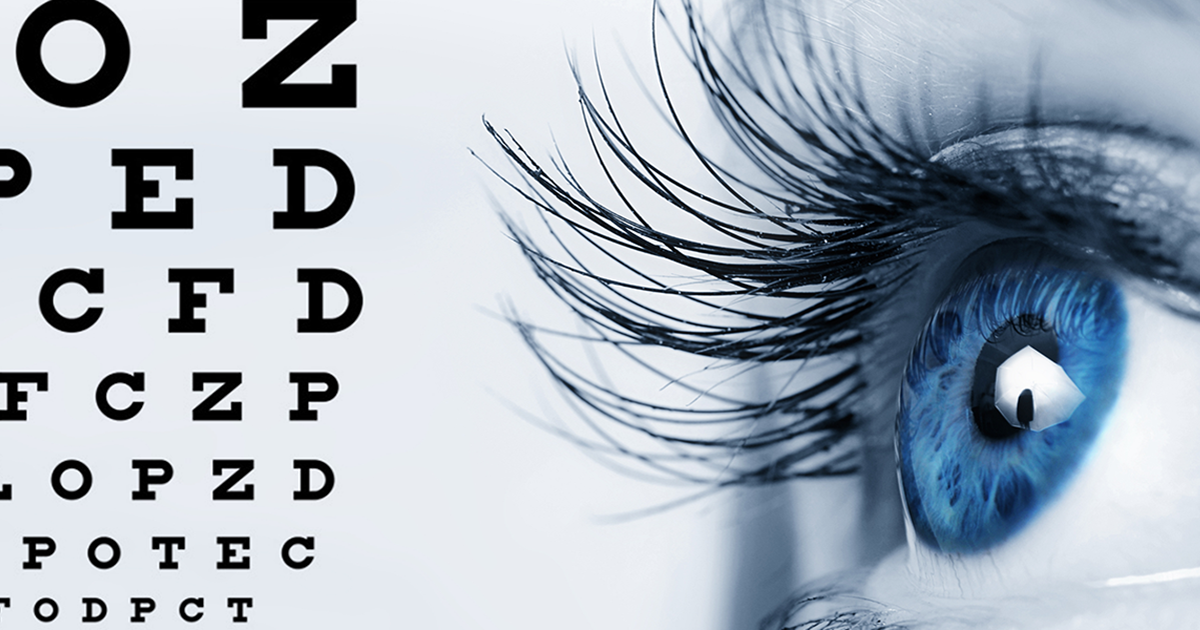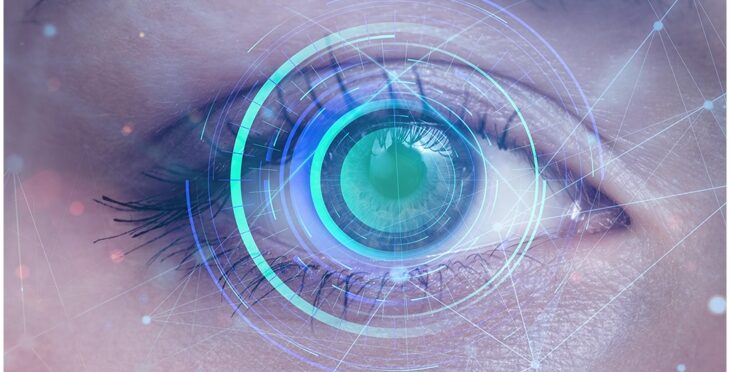Exploring the Cutting-Edge Technologies Made Use Of for Vision Correction
In the ever-evolving landscape of vision modification technologies, a realm where technology and precision assemble, a myriad of cutting-edge improvements have actually reshaped the possibilities for improving aesthetic acuity. From the detailed realm of sophisticated laser treatments to the realm of synthetic knowledge applications and gene therapy innovations, the field continues to press boundaries and redefine what was once believed to be unattainable. With each technology comes the potential to reinvent just how we regard and deal with vision-related difficulties, supplying a tantalizing peek right into a future where quality and precision preponderate.
Advanced Laser Treatments

Another advanced laser procedure gaining popularity is PRK (Photorefractive Keratectomy) This technique involves removing the outer layer of the cornea prior to improving it with a laser. While the recuperation time for PRK is much longer contrasted to LASIK, it can be a far better alternative for people with slim corneas or other corneal irregularities. Both LASIK and PRK have high success prices in enhancing vision and are taken into consideration risk-free and reputable approaches for vision adjustment.

Implantable Instruments Technology
Innovations in implantable devices are reshaping the landscape of vision adjustment, providing new opportunities for individuals seeking long-term services to refractive errors. These advanced gadgets, such as phakic intraocular lenses (IOLs) and implantable collamer lenses (ICLs), are developed to fix a variety of refractive errors, including myopia, hyperopia, and astigmatism. Unlike traditional glasses or contact lenses, implantable tools give an even more long-term option by being put inside the eye to fix vision.

Wavefront Technology Enhancements
The evolution of wavefront technology in vision correction has revolutionized the precision and customization of refractive treatments. By making use of innovative wavefront sensing units, this innovation permits a comprehensive analysis of the eye's distinct aberrations, enabling ophthalmologists to customize therapies with extraordinary precision. Wavefront-guided LASIK, for instance, goes beyond traditional methods by resolving not just typical refractive errors like nearsightedness, farsightedness, and astigmatism but additionally higher-order aberrations that can affect visual quality.
In addition, continuous developments in wavefront innovation have actually led to boosted analysis capabilities, allowing for much more exact pre-operative examinations and post-operative analyses to monitor the effectiveness of the procedure. In general, these enhancements in wavefront innovation have actually dramatically added to the improvement and performance of vision improvement treatments, offering people a higher level of visual skill and top quality post-treatment.
Artificial Intelligence Applications
With the progression of wavefront innovation in vision modification glaucoma service near me leading the way for tailored therapies, the assimilation of artificial intelligence applications is currently positioned to further increase accuracy and performance in refractive procedures. Man-made knowledge (AI) brings a brand-new degree of sophistication to the field by examining substantial amounts of data to improve decision-making procedures throughout vision improvement surgeries. By leveraging AI in vision adjustment treatments, eye doctors can supply clients customized treatments that are not only extra specific yet additionally customized to their unique aesthetic needs, inevitably leading to boosted client contentment and aesthetic outcomes.
Genetics Therapy Breakthroughs
Recent innovations in genetics treatment have actually ushered in a brand-new era of precision medicine, reinventing the landscape of clinical therapies. In the realm of vision adjustment, genetics therapy advancements use promising remedies for different hereditary eye problems. By targeting specific genetics liable for conditions like retinitis pigmentosa, Leber genetic amaurosis, and various other genetic retinal conditions, gene therapy intends to resolve the source of these conditions at a molecular level.
One notable breakthrough in gene treatment for vision adjustment is Luxturna, authorized by the FDA in 2017. Luxturna is a pioneering genetics therapy treatment for individuals with inherited retinal illness caused by anomalies in the RPE65 gene. Through the distribution of a functional duplicate of the RPE65 gene right into retinal cells, Luxturna has revealed considerable improvements in vision for individuals with these genetic problems.
As research in genetics therapy proceeds to advancement, the possibility for tailored therapies for a series of hereditary eye disorders expands exponentially, using hope for boosted vision outcomes and top quality of life for affected individuals.
Verdict
Finally, the area of vision adjustment is frequently evolving with using cutting-edge innovations such as innovative laser procedures, implantable gadgets, wavefront modern technology, expert system, and genetics therapy. retina service near me. These advancements have actually transformed the method vision concerns are addressed, using even more precise and efficient remedies for patients. As innovation remains to breakthrough, we can expect even a lot more innovations in the future that will even more boost the quality of vision adjustment therapies